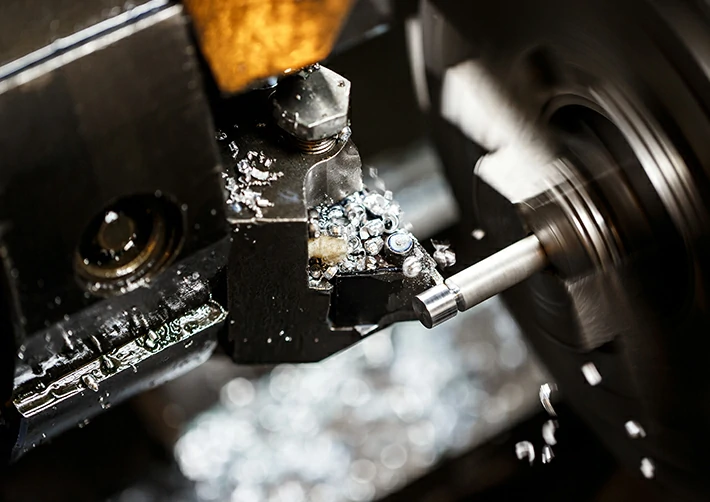Custom Parts Machining: A Guide to Precision and Quality
Custom parts machining is a process that involves the creation of precision parts and components tailored to meet specific requirements. This technique is widely used in various industries, including aerospace, automotive, medical, and industrial manufacturing. Custom parts machining enables companies to produce unique parts that are not readily available in the market, providing a competitive edge and improved product performance. In this article, we will delve into the world of custom parts machining, exploring its benefits, types, materials, and best practices for achieving precision and quality.
Benefits of Custom Parts Machining
Custom parts machining offers numerous benefits, including increased precision, improved product performance, and reduced production costs. By creating custom parts, companies can eliminate the need for compromise on design, enabling the production of components that meet exact specifications. This results in improved product quality, reduced material waste, and enhanced overall efficiency. Additionally, custom parts machining allows for the creation of complex geometries and designs that would be impossible to produce using standard manufacturing techniques. This enables companies to innovate and push the boundaries of product design, leading to increased competitiveness and market share.

Types of Custom Parts Machining
There are several types of custom parts machining, each with its unique characteristics and applications. The most common types include turning, milling, drilling, grinding, and EDM (Electrical Discharge Machining). Turning involves the use of a lathe to create symmetrical parts, while milling uses a rotating cutter to produce complex shapes. Drilling is used to create precise holes, and grinding is employed to achieve high surface finishes. EDM is a non-traditional machining method that uses electrical discharges to erode metal, ideal for producing intricate shapes and designs. Each type of machining has its strengths and limitations, and selecting the right technique is crucial for achieving precision and quality.
Materials Used in Custom Parts Machining
Custom parts machining can be performed on a wide range of materials, including metals, plastics, and composites. The choice of material depends on the intended application, desired properties, and machining requirements. Common materials used in custom parts machining include aluminum, steel, stainless steel, titanium, and copper. Plastics, such as polycarbonate and ABS, are also widely used, particularly in medical and consumer product applications. Composites, including carbon fiber and fiberglass, offer exceptional strength-to-weight ratios, making them ideal for aerospace and automotive applications. Understanding the properties and machining characteristics of each material is essential for achieving precision and quality in custom parts machining.
Design Considerations for Custom Parts Machining
Design plays a critical role in custom parts machining, as it directly affects the manufacturability, functionality, and overall quality of the part. When designing custom parts, it is essential to consider factors such as material selection, tolerance, surface finish, and machining constraints. Designers must also take into account the limitations of the machining process, including tooling and equipment capabilities. By working closely with machinists and engineers, designers can create designs that are optimized for production, reducing the risk of errors and ensuring precision and quality.

Best Practices for Achieving Precision and Quality
To achieve precision and quality in custom parts machining, several best practices must be followed. Firstly, it is essential to select a reputable and experienced machining partner, with a proven track record of producing high-quality parts. Secondly, clear communication and collaboration between designers, engineers, and machinists are crucial for ensuring that design intent is met. Thirdly, rigorous quality control measures, including inspection and testing, must be implemented to ensure that parts meet specifications. Finally, investing in ongoing training and equipment maintenance is vital for staying up-to-date with the latest machining technologies and techniques.
Conclusion
Custom parts machining is a powerful technique for producing precision parts and components tailored to meet specific requirements. By understanding the benefits, types, materials, and best practices involved in custom parts machining, companies can unlock new opportunities for innovation and growth. Whether you are a designer, engineer, or manufacturer, custom parts machining offers a world of possibilities for creating complex, high-quality parts that meet exact specifications. By embracing this technology, companies can stay ahead of the competition, improve product performance, and achieve precision and quality in their products.